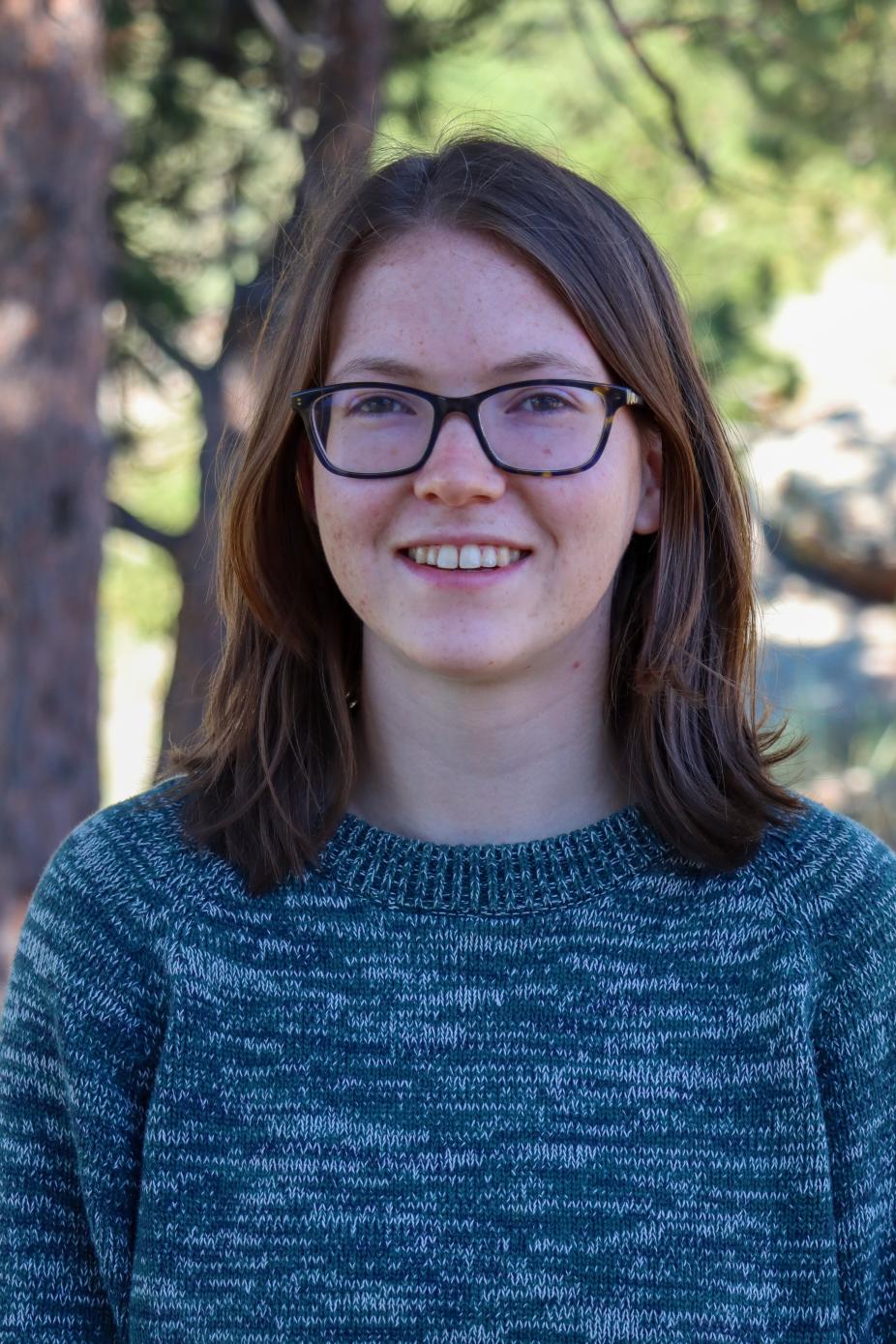SIParCS 2022 - Daphne Quint

Daphne Quint, University of Colorado, Boulder
Expanding GeoCAT's Visualization Capabilities
In 2019, NCAR announced the transition from NCAR Command Language (NCL) to Python for data analysis and visualization. This transition was motivated by challenges with maintaining NCL, and Python's strong data analysis and visualization capabilities. To help with this transition, NCAR focused on developing the Geoscience Community Analysis Toolkit (GeoCAT). The project provides the geoscience community with data analysis and visualization tools using the scientific Python ecosystem. GeoCAT has three main components. GeoCAT-Comp recreates NCL computational routines, GeoCAT-Viz is an aid for creating NCL-style plots, and GeoCAT-Examples is a collection of recreated NCL plots in Python. These examples are meant to look almost exactly like their NCL counterparts, and often use the GeoCAT-Viz and GeoCAT-Comp packages to do so. This summer, I focused on contributing to GeoCAT-Examples.
In general, Python can almost exactly duplicate NCL visualizations. However, in some cases, Python has limitations that make it difficult to exactly replicate an NCL plot. Some of these limitations are acceptable because they do not alter the quality of the plot. For example, slight differences in hatch mark density can still accurately represent the data. Other limitations do affect the quality of the plot. For example, differences in interpolation methods between the two languages result in differing representations of the same dataset. These differences should be addressed, and warrant further research.
Mentors: Anissa Zacharias, Michaela Sizemore
Slides and poster